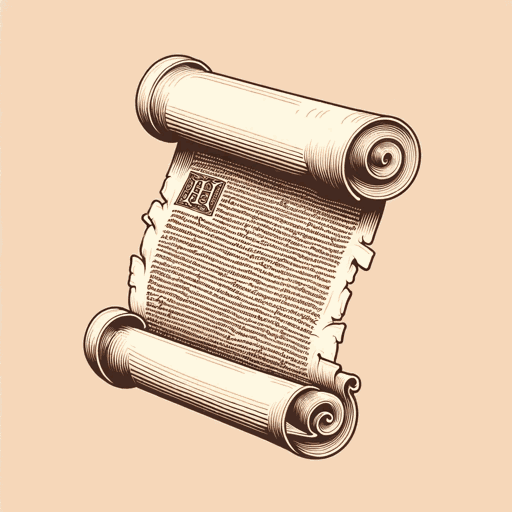48 pages • 1 hour read
Stephen GreenblattThe Swerve: How the World Became Modern
Nonfiction | Book | Adult | Published in 2011A modern alternative to SparkNotes and CliffsNotes, SuperSummary offers high-quality Study Guides with detailed chapter summaries and analysis of major themes, characters, and more.
Themes
The Suppression of Ancient Ways
The main theme of the book has two parts: (1) that the Catholic church suppresses ancient beliefs, which prevents old knowledge from helping to improve things during the Middle Ages; and (2) that the rediscovery of classical texts, especially the brilliant didactic poem On the Nature of Things, finally lifts Europe out of its quagmire and into the Renaissance and the modern world that lies beyond.
The first part, suppression, begins with the proclamation in 391 CE by Emperor Theodosius that Christianity is the official religion of the empire and that the old pagan ways are unlawful. This opens the door to active and violent repression of pagan rituals, destruction of old temples, and removal of texts that do not accord with Christian belief.
To its credit, the church makes a careful inventory of the old manuscripts, copying and storing them in monasteries throughout Europe. However, this has the practical effect of causing these texts to disappear from public view, stored away as they are in hard-to-access libraries. Over the centuries, and despite the monks’ commitment to their care, the books are forgotten and, sometimes, erased, their costly parchment pages re-used for Christian litanies, prayer books, and the like.


